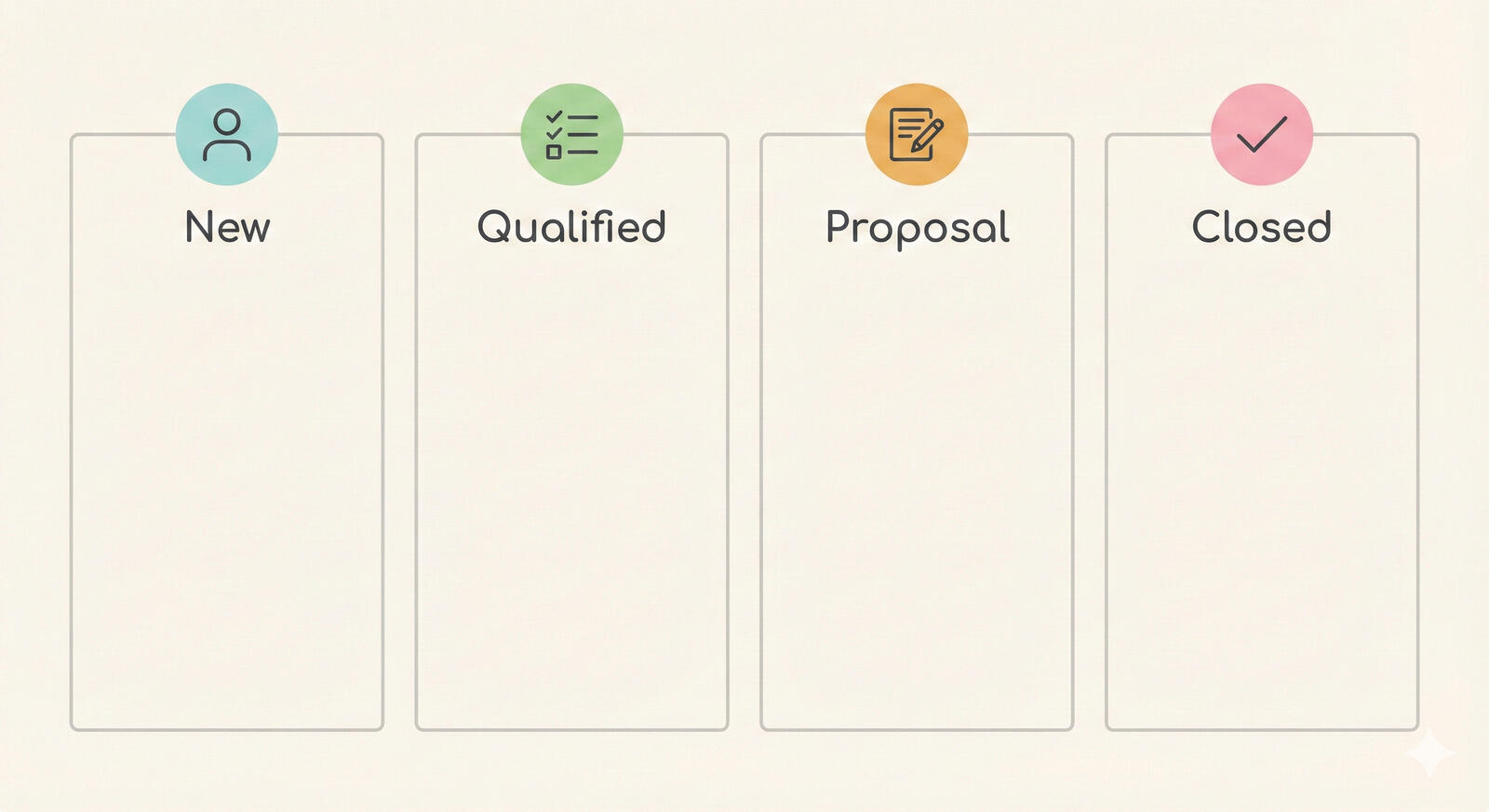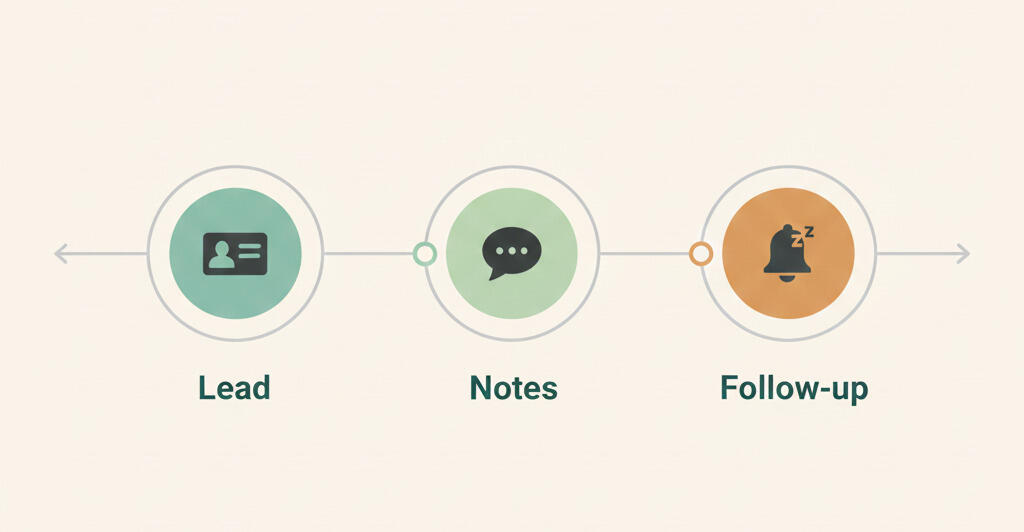What is gold plating in project management? How to spot and prevent it
Contents
It often starts with a simple suggestion: "Let's add one more thing." In a tool like Breeze, that might be a task added to the board that wasn't in the original plan. Maybe it's a bonus feature, a bit of polish, or a small detail the client didn't ask for. It feels helpful at first, maybe even like a thoughtful extra. But as these additions stack up, they take time, shift focus, and stretch the budget in ways the team didn't plan for.
This habit is called gold plating. It's when teams go beyond the agreed scope, usually without asking. While it may feel small, the risk grows fast as teams scale or timelines tighten. What looks like over-delivery can turn into missed deadlines, unclear priorities, and frustrated clients.
This guide breaks it down step by step. First, we define gold plating and what it looks like in real projects. Then we show how to spot it, decide when it matters, avoid it without killing motivation, and build habits that keep your scope clear and focused.
1. What exactly is gold plating?
Wikipedia defines gold plating as "the phenomenon of working on a project or task past the point of diminishing returns." It often appears as unnecessary refactoring: extra changes that add effort without improving outcomes.

There are four key traits that make gold plating risky:
- It falls outside the original scope
- It hasn't been asked for by the client or stakeholder
- It introduces hidden costs
- It creates trust issues, especially when expectations are set but not followed
Even when the quality is high, the decision to go beyond agreement can hurt the project.
Gold plating tends to show up in three areas:
- In software projects, it might be an extra feature or tool that wasn't part of the plan
- In design work, it could be visual details or layouts added without input
- In documentation, it often takes the form of excessive depth or added sections no one asked for
These extras may seem small at first, but they add weight that slows the work and blurs what really matters.
2. Why teams slip into gold plating
Gold plating often comes from the urge to be helpful. A team has spare capacity, the scope isn't clearly defined, or someone says, "Let's add this to really impress the client." Without clear change control, those moments turn into silent scope creep.

The hoped-for gains are familiar. Teams want praise for going above and beyond. They want the work to feel polished and complete. But the real outcomes tend to go the other way. Unapproved changes cause delays, confuse clients, and often lead to rework. What started as a bonus ends up costing time and trust.
It's easy to assume a small addition won't hurt, especially if it only takes an hour or two. But repeated across a team, that time adds up fast. A simple rule helps avoid trouble: if the extra task isn't clearly written into the scope or approved plan, pause and ask before moving forward.
3. Main dangers to watch
- Schedule slips: Added features require time to build, test, and review. What looks like a quick task often introduces unexpected bugs or dependencies. Reviews get longer, launch windows move, and delivery becomes harder to predict.
- Budget overrun: Extra work always has a cost, even if it starts small. A single unplanned task might only take a few hours, but multiplied across the team, it adds up fast. Labor, tools, coordination, and context switching all pull resources away from the original budget.
- Quality dip: When attention is split, quality suffers. Teams start to cut corners to stay on track. Core features may be rushed or deprioritized, and the final product loses focus. What mattered most at the start gets overshadowed by nonessential details.
- Trust erosion: Clients notice when something appears that they didn't ask for. It raises questions about alignment, communication, and whether the team is acting on its own priorities. Even well-meaning changes can damage credibility if they bypass the client.
- Scope chain reaction: One small addition often leads to others. A single change shifts expectations, opens debate, and encourages new requests. Soon, the project drifts from the agreed plan, making it harder to control time, cost, and output.
Each of these risks can be managed, but only if they're recognized early. Gold plating often looks harmless at first. That's why it slips through.
4. How gold plating sneaks into the workflow

- Spark: A developer thinks it would be useful to add a chatbot to the product. It isn't in the sprint plan, but it sounds simple. Instead of logging it as a change, they start building it alongside planned tasks.
- Silent build: The chatbot grows without visibility. It needs design input, backend support, and testing. Since it's not tracked on the sprint board, no one adjusts the workload or timeline. The team keeps working as if nothing changed.
- Surprise reveal: Once the chatbot is complete, it enters testing. QA shifts priorities to fit it in. Other work gets delayed. The feature breaks a component tied to the launch. The release date slips while everyone scrambles to patch something that was never in scope.
A single task, added off the books, can block the entire workflow. It doesn't need to be large. It just needs to go untracked.
5. Gold plating vs. scope creep
Gold plating and scope creep both shift a project away from the original plan, but they don't come from the same place. Scope creep starts with client input, such as new requests, revised goals, or shifting priorities. Gold plating starts within the team. It usually happens quietly, without discussion or approval.
Some teams see scope creep as useful. In the right context, a bit of flexibility can lead to better outcomes. The key is that it's surfaced and agreed on. That's where gold plating breaks down. The client never asks for it. The team never checks. But the cost, timeline, and workload still change.

According to a joint PMI and KPMG report, scope creep accounts for 6.4% of cost overruns in large infrastructure projects. Meanwhile, only 52% of projects are completed on schedule.
Both behaviors carry risk. They add work, stretch scope, and strain focus. But gold plating also chips away at trust. It sends a message that alignment doesn't matter. One quick check helps avoid it: if a change isn't written down and confirmed, pause. That task might not belong.
6. Five steps to prevent gold plating
-
Lock the scope in a signed document
Start with a clear scope that everyone agrees on. Put it in writing, review it with the team, and get signoff from stakeholders. If it's not written down, it's easier to ignore.
-
Set a clear change-request path
If something needs to change, there should be a simple way to propose it. Whether it's a form, a Slack message, or a weekly review, the important part is that it gets seen and approved before work starts.
-
Hold short daily check-ins
Use quick standups to ask one key question: "Did anything extra come up today?" This keeps small additions visible before they grow into bigger issues.
-
Redirect idle hands
When someone finishes early, don't let them freelance new features. Instead, send them to the backlog, peer reviews, or testing support. That keeps effort aligned with the plan.
-
Park 'nice-to-have' ideas
Not every good idea belongs in the current phase. Keep a list of future improvements so team members can contribute without derailing the current scope.
7. Payoffs of staying on scope
When teams stick to the agreed project scope, the benefits are clear across every part of the project. Timelines hold more reliably because the work stays focused. There are fewer surprises, fewer last-minute tasks, and less scrambling near the end. Teams can plan sprints and releases with confidence, knowing the finish line hasn't moved.
Costs stay predictable. Budgets reflect the actual workload, not extra tasks that sneak in unnoticed. Clients see that their money is going toward the work they approved. That builds trust and makes conversations about time or pricing more straightforward.
Reviews run more smoothly. Testers, stakeholders, and clients are all looking at the same deliverables the team planned to ship. There's less confusion, less back-and-forth, and fewer chances for misalignment.
Clients tend to be more satisfied when expectations are met without surprises. They feel heard, and they see a team that respects their input and the original plan.
Staying on scope also gives you cleaner data. It's easier to track how long things take, how much they cost, and where effort goes. That insight makes future bids more accurate and helps improve processes over time.
8. Tips for long-term success
Teams that avoid gold plating over time tend to share a few habits. Their scope is written clearly, updated often, and matched to real tasks. Their workflows stay aligned because changes are tracked, not assumed.

Keep scope notes simple but specific. You don't need long documents, just clear direction that matches what the team is actually building. When scope shifts, update it immediately so there's no confusion about what's in and what's not.
Limit the amount of work each person takes on at once. Too many open tasks invite distractions and side projects that were never part of the plan. Focus keeps the effort grounded in the agreed scope.
At key milestones, double-check that deliverables match what was promised. If you start seeing repeat issues, like last-minute features or misaligned reviews, take that as a signal. Fix the process early so small problems don't keep resurfacing.
9. Final thoughts
Gold plating may start small, but it creates real problems. In this guide, we broke it down step by step. First, define what it is. Then learn how to spot it. Weigh when it matters. Avoid it without killing momentum. And build habits that keep your scope focused and your team steady.
If you follow the five-step guard, you'll start seeing changes right away. A tighter scope. Fewer surprises. Less stress during reviews. It's not about doing less. It's about doing what matters and doing it well.
Try it on your next project. Set a clear scope. Build a change process. Check for extras every day. Keep work visible and aligned. Park non-essentials until the timing makes sense. Then pause and look at the outcome. What shifted? What stayed on track? What felt easier?
If you're looking for a project management tool to help apply all of this, try Breeze. It's built to keep projects organized and scope visible. Just the features you need to keep your team focused and your plan on course.








